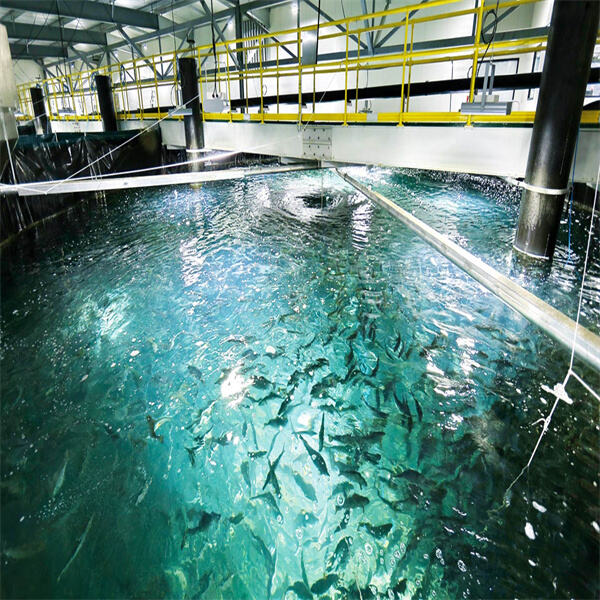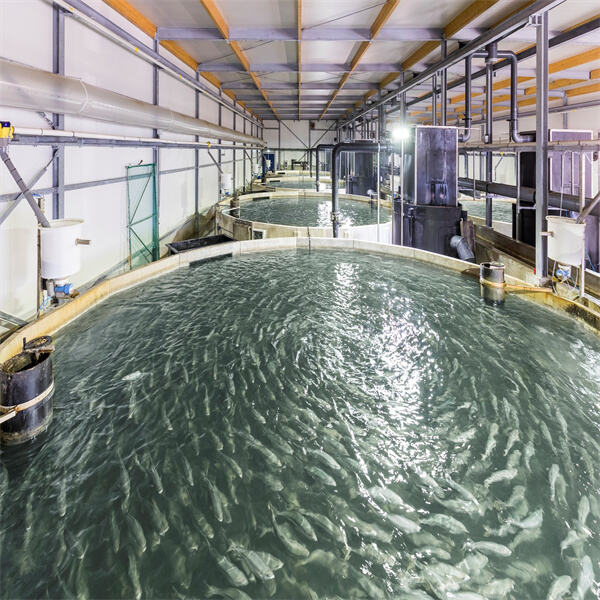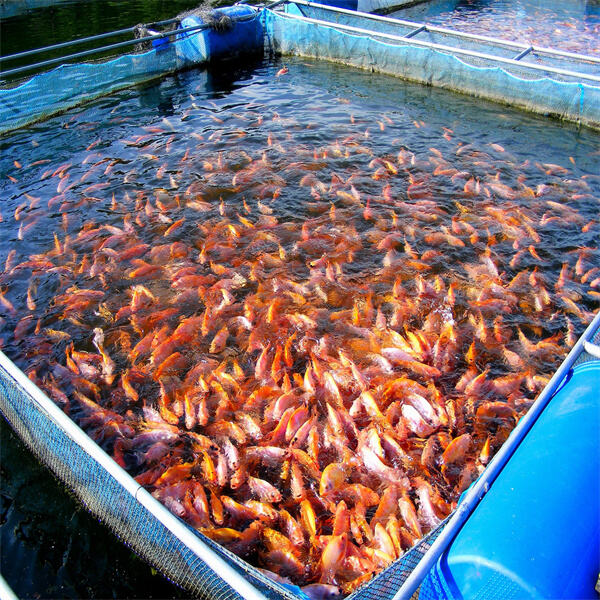Aquaculture is the new buzzword these days. Round the world, families are beginning to grow fish and other sea creatures in a technique known as extensive aquaculture. This means they allow these animals plenty of space in which to cruise around and grow big and strong. Break down how it works into simple terms and let's go!
That way, they are easily supplemented with commercial feeding and can also promote extensive aquaculture — which is increasingly popular because it allows farmers to raise many fish and sea creatures in a more natural and spacious way. That way, the animals can be happier and healthier, which is good for them as well as for the people who later will eat them. Others, particularly in wealthier parts of the world, increasingly prefer to purchase fish and seafood from industrial aquaculture because they know the animals were well-treated.
And while large-scale aquaculture can provide benefits to the animals, it can have an impact on the environment. Too many fish in one water can lead to excess waste products. That waste can sometimes injure other sea animals and vegetation in the water surrounding it. Through this extensive aquaculture, it is vital that farmers maintain focus on environmental sustainability. They can do so by maintaining the water cleanliness and providing ample space for all the aquatic animals to swim comfortably.

October 2023 Farmers Can Grow Their Aquaculture Businesses With Technology Some farmers, for example, use specific sensors to monitor water quality in ponds or tanks. That helps them ensure that the fish have a healthy environment. Other farmers know new ways to feed fish so that they get all the nutrients they need to grow big and strong. These new technologies are assisting in the developing of large-scale aquaculture worldwide.

While extensive aquaculture has its good sides, it can present problems for the farmers as well. For example, poor weather can sometimes create difficulty in keeping the fish sustainable and healthy. Farmers must have plans to shelter their livestock during storms. But there are also plenty of opportunities for farmers to scale their businesses and provide nutritious seafood to consumers everywhere. Farmers are able to face challenges right ahead by taking care of the environment with new technologies that helps them build a successful aquaculture business.

Aquaculture involves sustainable practices. Farmers should treat nature responsibly not harming other sea animals or plants. They must use natural ways to purify the water and provide enough space to fish. Sustainable practices can also ensure a consistent supply of fish and seafood for future generations while safeguarding the environment.

